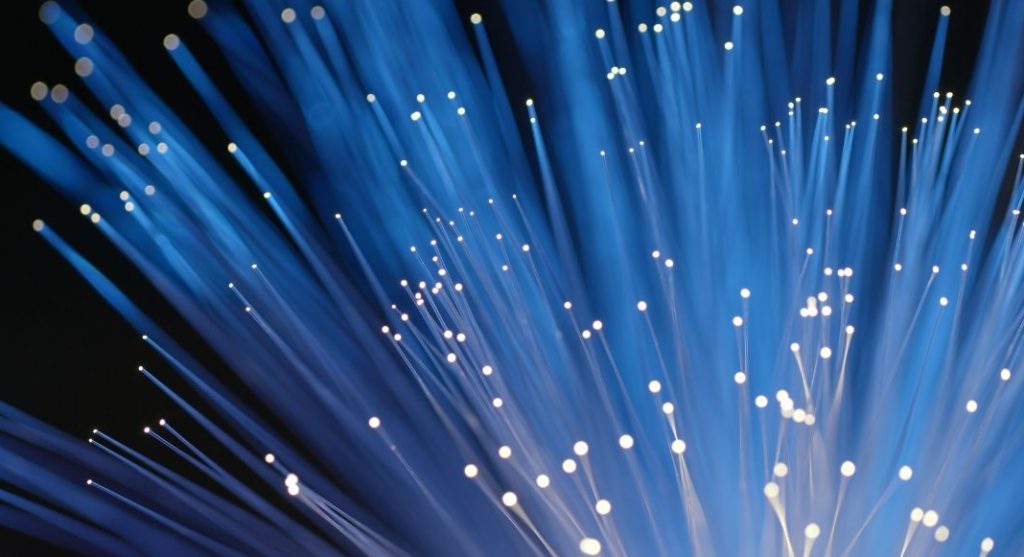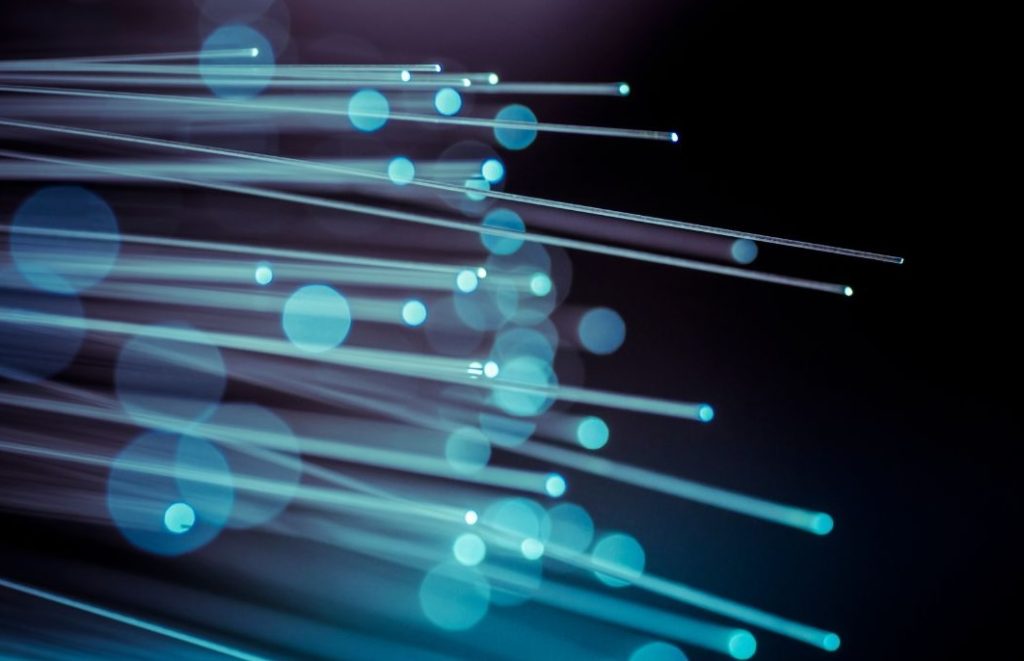Efficient data transmission is required to support the growing demand for instant communication and information sharing.
Traditional copper cables, once the standard, are now being passed by newer technologies designed to handle larger volumes of data at much higher speeds.
One technology at the forefront of this innovation is fibre optic cables, offering a modern solution for high-speed data transfer that meets the needs of both businesses and individuals.
Fibre optic cables have transformed how data is transmitted, using light signals to achieve unparalleled speeds and reliability.
Understanding how fibre optics work and their benefits over traditional copper cables is essential for businesses and IT professionals looking to upgrade their data transmission infrastructure.
If you’re wondering just how do fibre optic cables transmit data, this article will give you everything you need to know.
This article looks at the components, functioning, and advantages of fibre optic cables, providing a comprehensive overview of why they are becoming the preferred choice in the world of data transmission.
What are Fibre Optic Cables?

Fibre optic cables are thin strands of glass or plastic, used to transmit data as light signals.
These cables have revolutionised modern communication infrastructure, enabling rapid and reliable data transfer.
This can be done through various cable types, such as bulk fibre.
Developed in the 1970s, fibre optics have seen significant advancements, becoming equal to industries like telecommunications, medical imaging, and networking.
Basic Principles of Light Transmission
Light serves as the information carrier in fibre optic cables. The concepts of refraction and total internal reflection are fundamental to this process.
When light enters the cable, it is refracted and travels through the core by bouncing off the cladding, maintaining signal strength over long distances.
Wavelength and frequency play crucial roles in determining data transmission efficiency, with different wavelengths being used for various data channels.
Optical Transmission

Data transmission in fibre optics involves converting electrical signals into light signals.
This process starts with modulation, where data is encoded onto light waves. Various types of modulation, such as amplitude, frequency, and phase modulation, along with data integrity.
Light signals are then sent through the cable, benefiting from the continuous nature of light waves, which allows for high-speed transmission with minimal loss.
For instance, these fibre optic cable statistics reveal significant improvements in data transmission capabilities over traditional methods.
Understanding the role of modulation can help in choosing the right technology for specific applications.
The generation and modulation of light signals are crucial steps in the optical transmission process.
Role of Lasers and LEDs in the Process
Lasers and LEDs play distinct roles in the efficiency and quality of fibre optic communication.
Lasers, with their focused and powerful light beams, are optimal for transmitting data over long distances with minimal signal loss.
They are essential in applications where high bandwidth and precision are needed.
LEDs, while less powerful, offer cost-effective solutions for shorter distances and are easier to integrate into various systems.
Types of Fibre Optic Cables
Signal Propagation and Attenuation
Factors Affecting Signal Propagation
Several factors influence signal propagation in fibre optic cables. Environmental conditions, such as temperature and humidity, can affect signal strength.
Physical obstructions and the quality of the cable also play significant roles.
Proper installation practices and high-quality cables are essential for the best performance possible.
Attenuation, or signal loss, is a common issue in fibre optics.
Causes include bending of the cable, impurities in the glass, and external interferences.
Measuring and monitoring attenuation is crucial to maintaining high-quality data transmission, as excessive attenuation can significantly impact performance.
Methods to Mitigate Signal Loss
To reduce signal loss, technologies like repeaters and amplifiers are used to boost signal strength.
Proper cable maintenance, including regular inspections and cleanings, is also needed.
Advanced technologies, such as dispersion compensation, help reduce signal loss and efficient data transmission.
Adhering to best practices in installation and handling can further minimise attenuation, making fibre optics a reliable choice for data transfer.
Data Transmission Speeds
Fibre optic cables offer superior data transmission speeds compared to traditional copper cables.
Historically, copper cables were the standard, but their limitations in speed and capacity have become apparent.
Fibre optics can transmit data at much higher rates, making them ideal for modern applications that demand fast and reliable connectivity.
How Fibre Optics Achieve Higher Data Rates
The superior data rates of fibre optics are due to several factors, including higher bandwidth and better signal quality.
Fibre optics can handle multiple data channels simultaneously, significantly increasing overall capacity.
Examples of high-speed networks, such as those used in data centres and large enterprises, showcase the potential of fibre optics.
As technology advances, future improvements in data rates are expected, further solidifying fibre optics as the premier choice for data transmission.
In summary, fibre optic cables are a crucial technology for high-speed data transmission, offering significant advantages over traditional copper cables.
Their ability to transmit data as light signals, combined with superior bandwidth and reduced attenuation, makes them an ideal choice for modern communication needs.
As businesses look to upgrade their data infrastructure, understanding the benefits of fibre optics can lead to more informed decisions.
For more information on fibre optic solutions, check out our fibre optics page, or if you have any specific questions, don’t hesitate to contact us.


